The first look of the 22 strings data

I give you results from my first look of the 22 strings data.
I used data of run #10894 which is taken 1st, August, 2007 (PFFilt_PhysicsTrig_PhysicsFiltering_Run00108984_Level0_Part00000000.i3).
I used a script that was used for the 9 strings analysis.
(Thanks to Aya, providing me the script.)
Summary
Let me summarize at first.
Data seems to be mostly fine as far as I checked;) I will investigate the data in more detail.
1. Fundamental plots
|
start time. In total, 3000 s = 50 min.
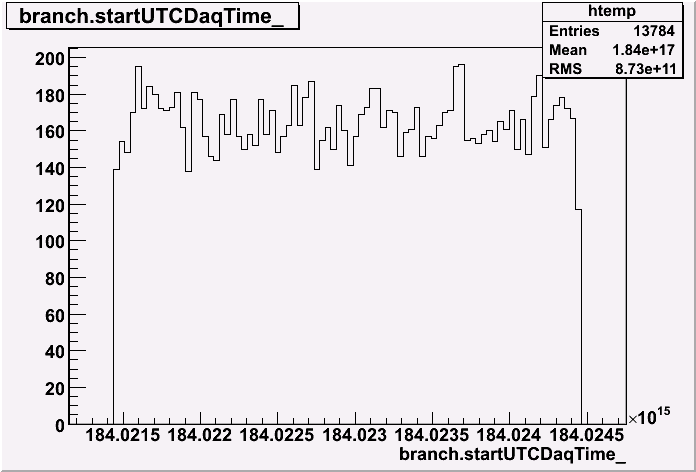
|
PMT gain distribution. Looks nice.
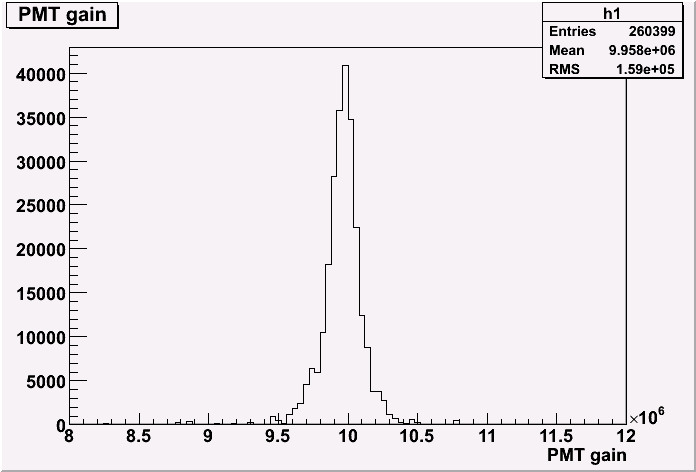
|
2. First guess
|
cos(Zenith). There is a peak around 0.3.
|
Azimuthal angle. Threre is two peaks.
|
|
cos(Zenith) with #DOM>80 cut. The peak disappeared.
|
Azimuthal angle with #DOM>80 cut. The peak disappeared, though we need more statistics.
|
|
X position of the brightest cascades. There is a peak at 0,
but this is un-physical. This is same for position Y and Z.
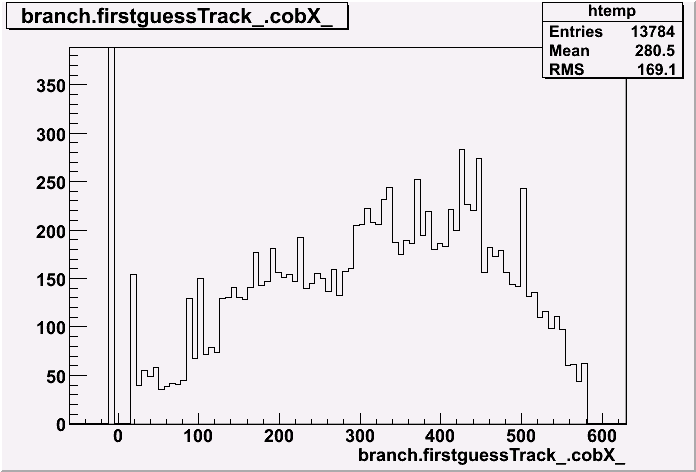
|
Y position of the brightest cascades
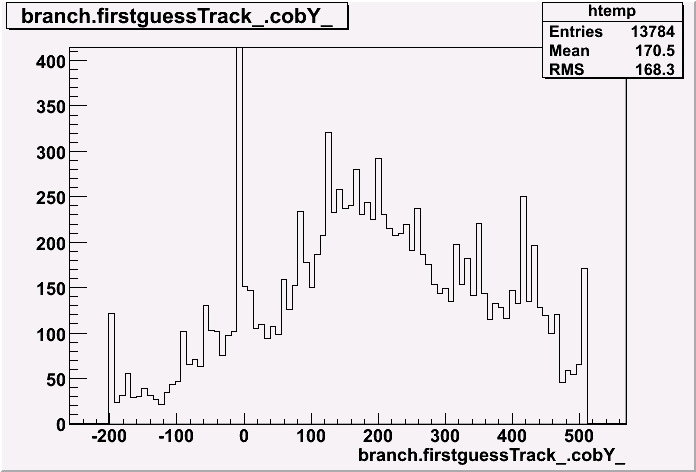
|
|
Z position of the brightest cascades. The distribution is reflecting the dust layer.
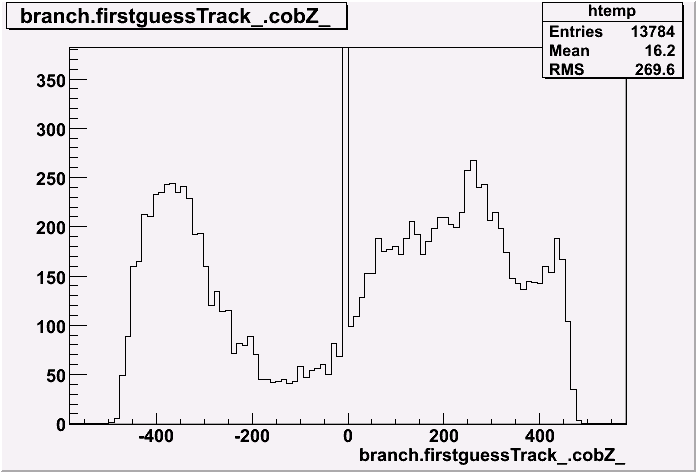
|
velocity of tracks
|
3. Event base
|
hit DOM distribution. There is a gap at 80 DOMs. I think this is due to different trigger condition.
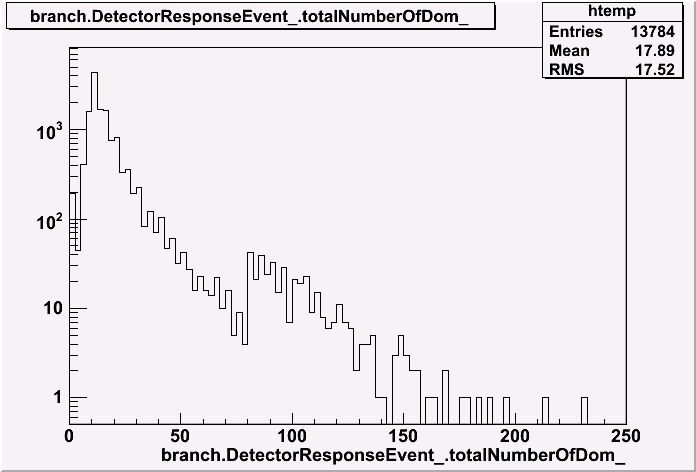
|
LC triggered DOM distribution
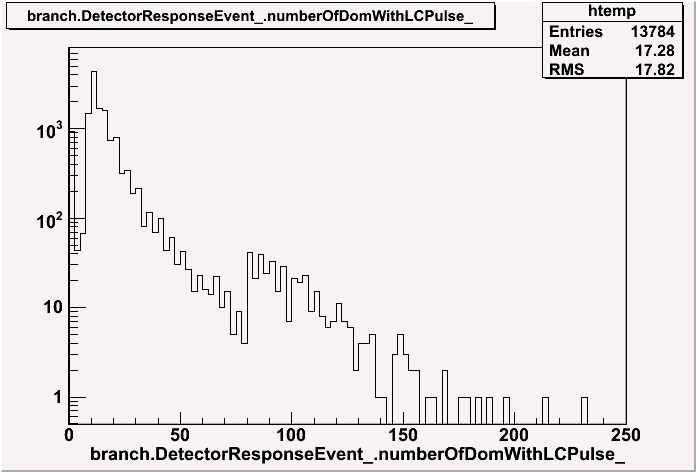
|
|
ATWD hit DOM distribution
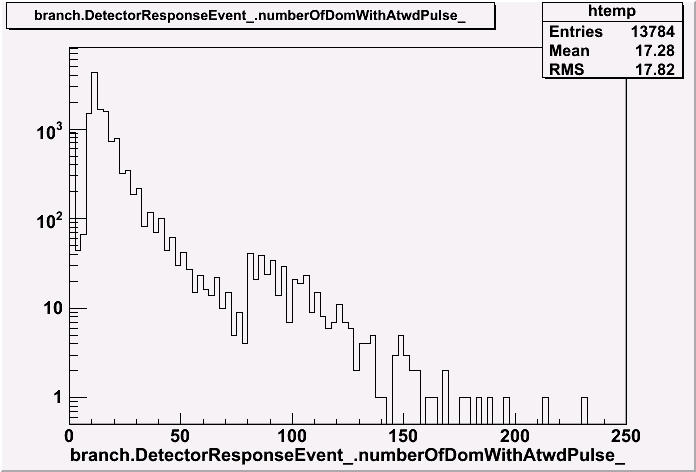
|
FADC hit DOM distribution
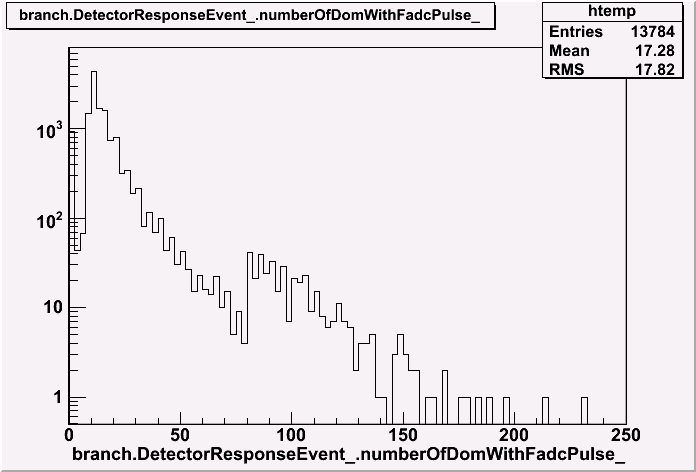
|
|
total estimated Npe
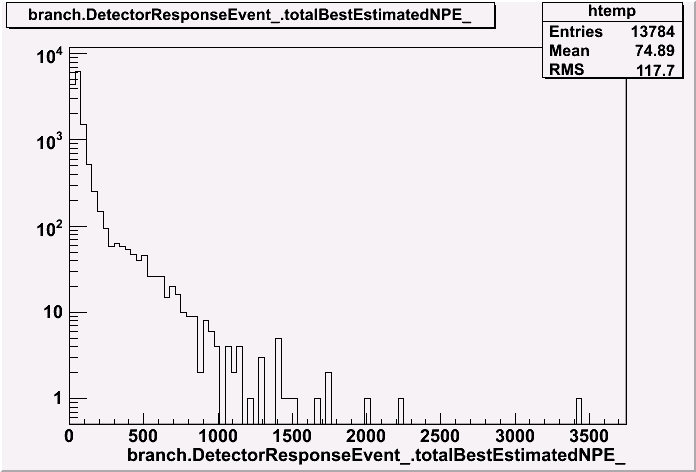
|
total estimated ATWD Npe
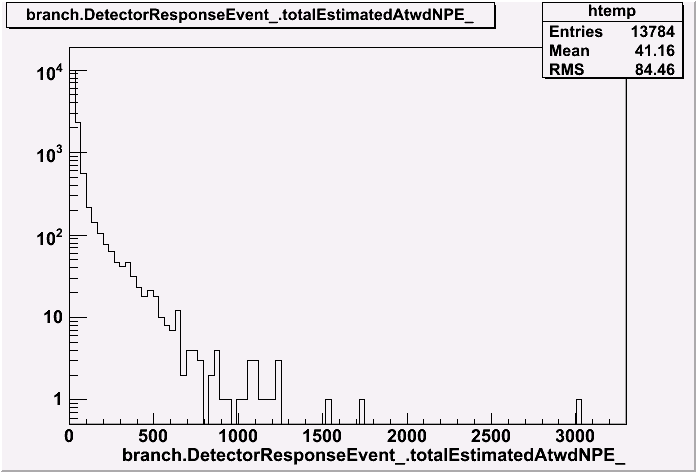
|
|
total estimated FADC Npe
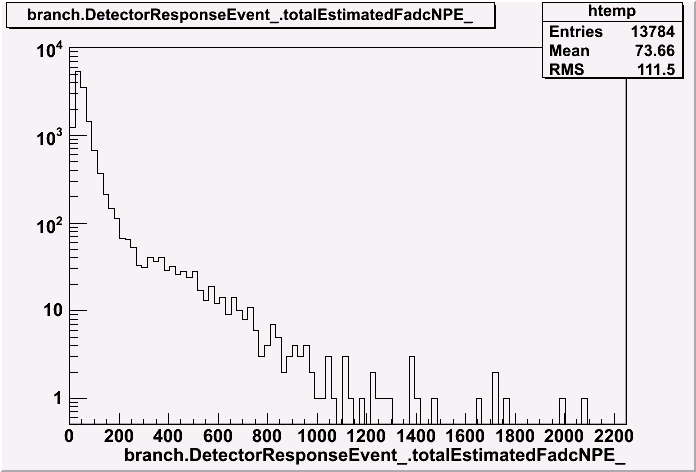
|
total integrated ATWD charge
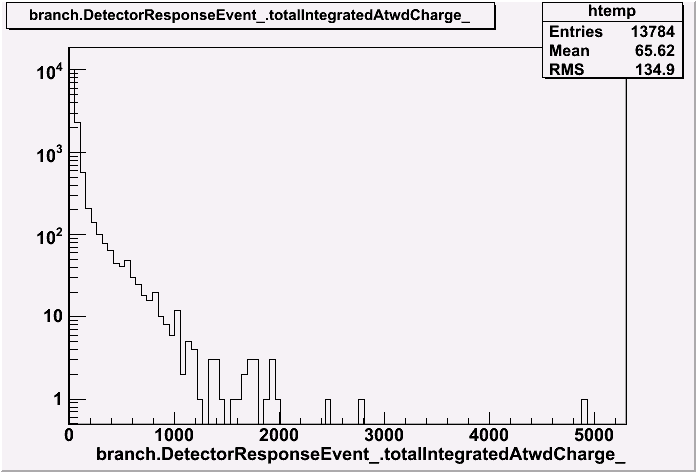
|
|
total integrated FADC charge
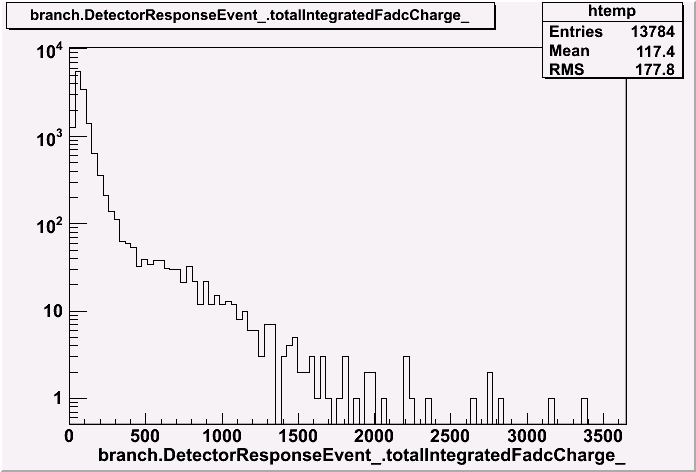
|
total (based) integrated charge
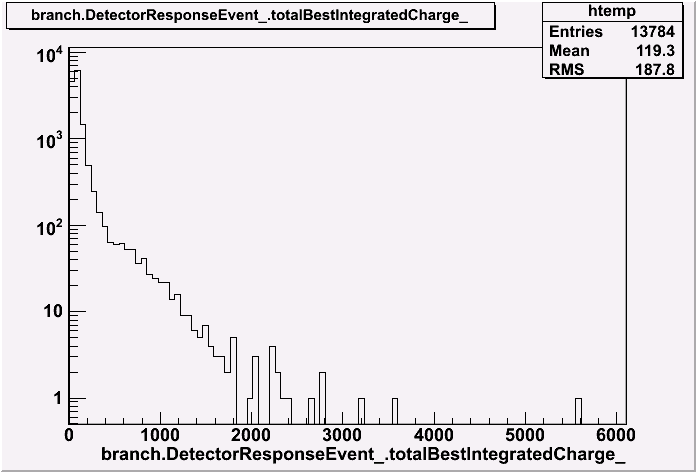
|
4. ATWD channel base
|
ATWD amplitude distribution
|
ATWD baseline. looks nice.
|
|
ATWD integrated charge distribution
|
ATWD estimated Npe
|
|
ATWD occupancy vs OM ID
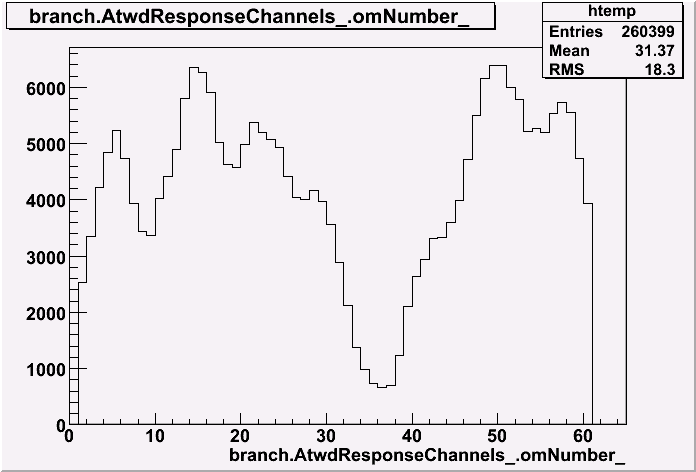
|
hit position on X axis. uniformly distributed.
|
|
hit position on Y axis. uniformly distributed. The peak is due to just
overlap of strings.
|
hit position on Z axis. We see again the dust layer effect.
|
5. FADC channel base
Well, these results are more or less same as ATWD ones.
|
FADC amplitude distribution
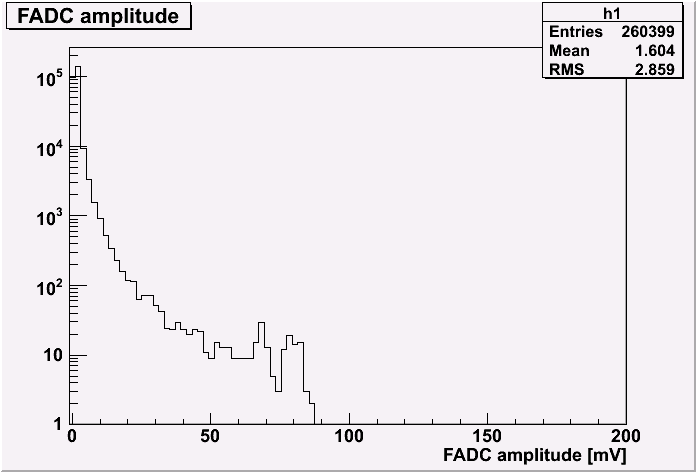
|
FADC baseline. looks nice.
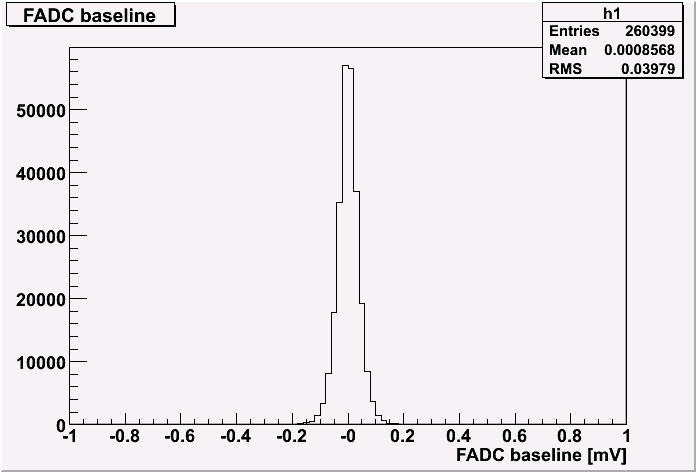
|
|
FADC integrated charge distribution
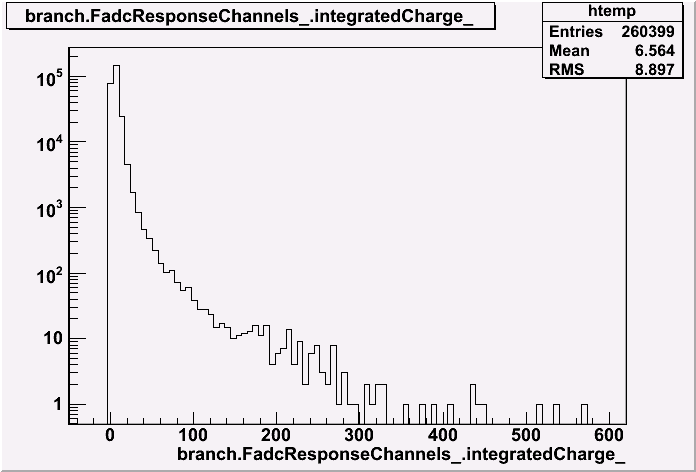
|
FADC estimated Npe
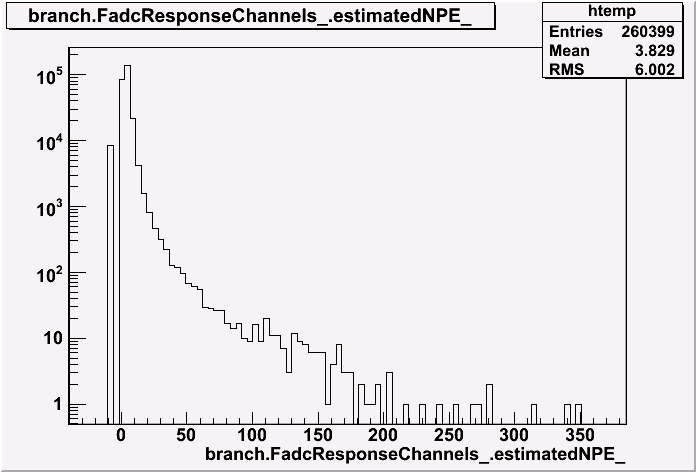
|
|
FADC occupancy vs OM ID
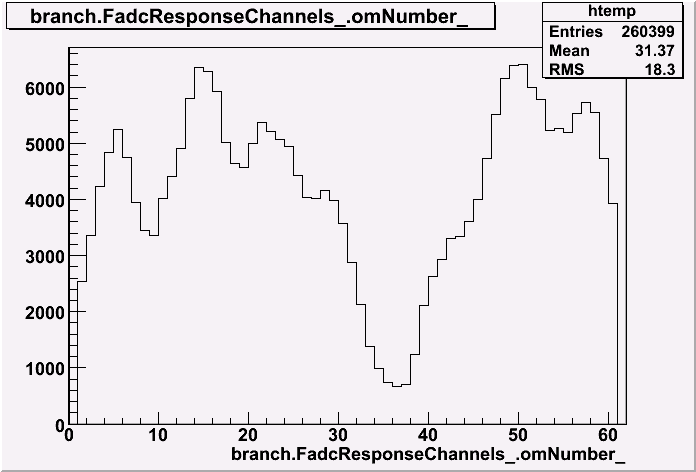
|
hit position on X axis. uniformly distributed.
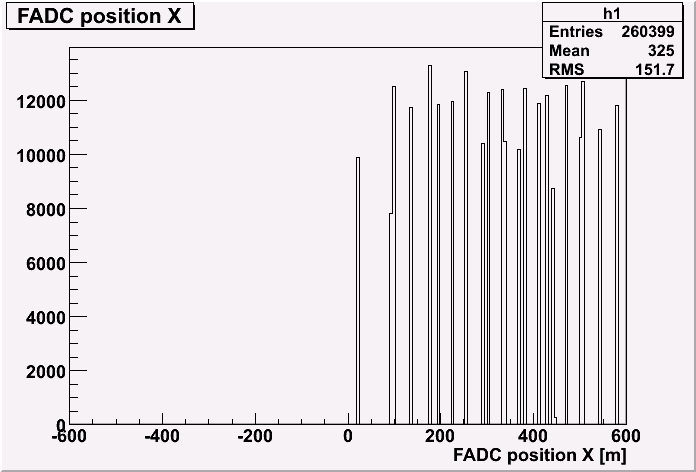
|
|
hit position on Y axis. uniformly distributed. The peak is due to just
overlap of strings.
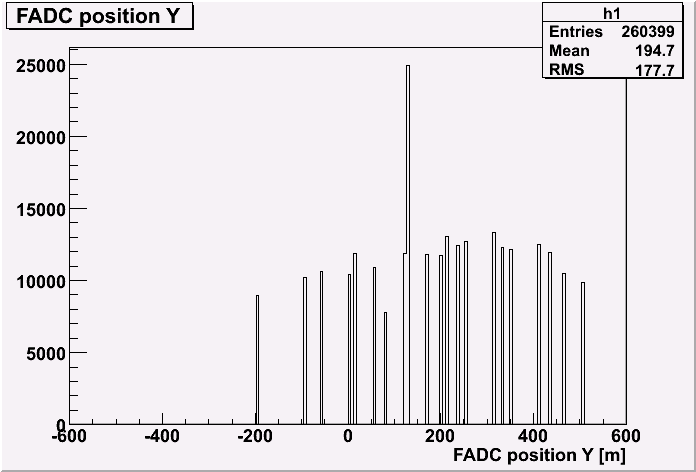
|
hit position on Z axis. We see again the dust layer effect.
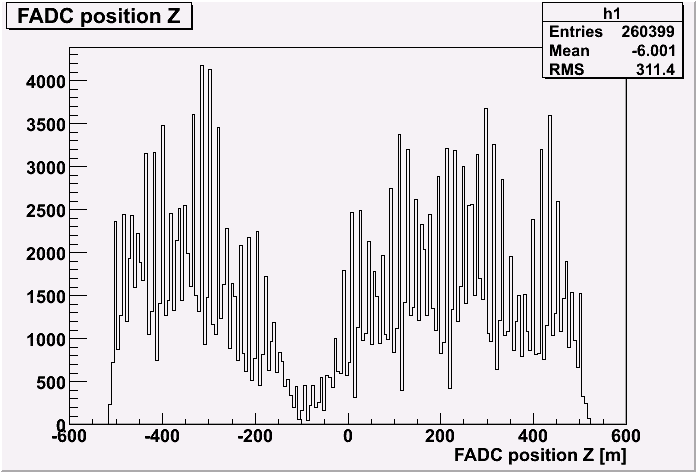
|
Keiichi Mase
Last modified: Mon Aug 20 17:45:19 JST 2007



